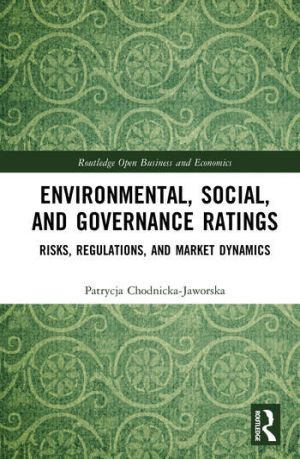
In recent years, the world of finance and investments has changed, considering measures related to environmental, social, and governance (ESG) factors for socially responsible investments. ESG scoring and ratings are used to estimate ESG risk.
This book presents ESG ratings and scorings and their providers and lists problems with data quality, data sources, and unknown methodology, contributing to the green- and social-washing ESG rating phenomenon. The value of assets invested in green instruments relies on high-quality ESG ratings to measure green transition. Data greenwashing negatively impacts the financial market, especially the stock price, funds activities, and bond markets. The size of the rated company, geographical location, and industry biases are considered in understanding the greenwashing phenomenon. This book illustrates all the problems related to ESG rating inflation, conflicts of interest, models of payment, and internal and external ratings. It describes current regulations, initiatives, and practical knowledge of ESG scoring.
Academics and students of financial law, economics and financial sustainability will find this book invaluable. The practical implications in the book will benefit sustainability-concerned regulators and practitioners who estimate ESG risk (especially in financial institutions).